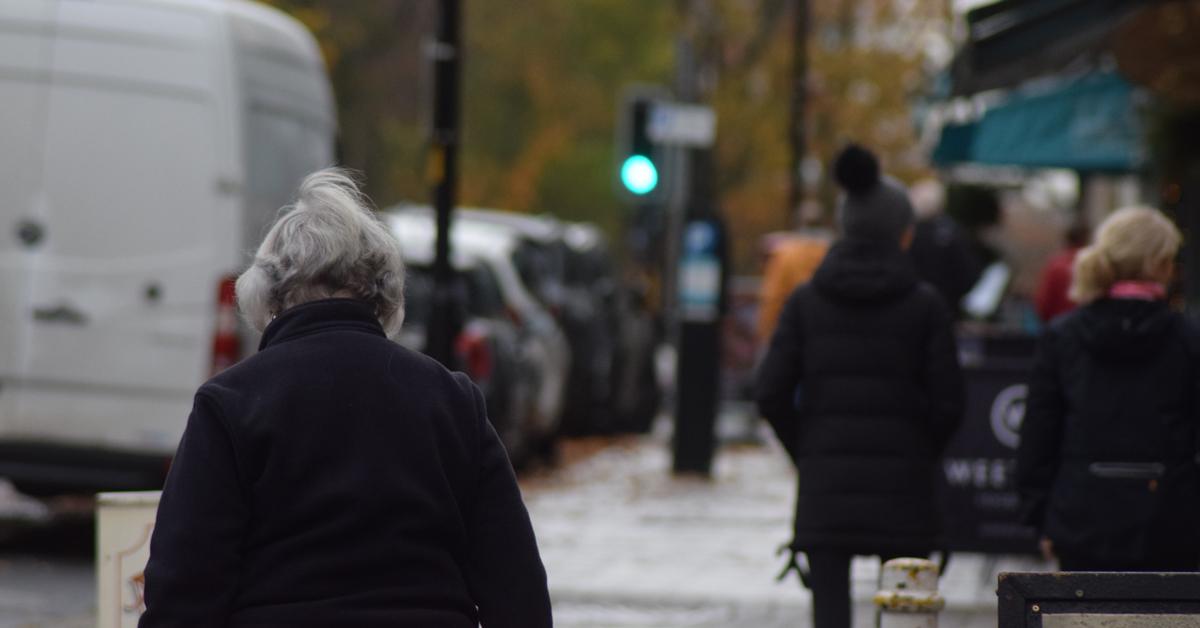Thank you for your interest in this story
To continue reading this article, subscribe to the Stray Ferret for as little as £1 a week
Already a subscriber? Log in here.
13
Nov 2021
Seasonal Affective Disorder: Ripon therapist's tips on how to survive the dark months

I have yet to meet anyone who is a massive fan of the long nights and short days that we are forced to endure at this time of year.
Actually I tell a lie, a weightlifting coach told me the other day he loved it. He said when it got dark early, it meant he could train and work late without getting FOMO (fear of missing out). Which I suppose makes sense.
And I suppose for some, winter signals a joyous festive season and countless cosy nights in.
And last year's winter lockdown certainly didn't help matters - even though many of us actually managed to get outside more.
More serious
While it's normal to feel a bit sleepy and unimpressed by the gloomy weather, there's a point where our reaction to the changing seasons can be a sign of something more serious.
Seasonal Affective Disorder, often shortened to SAD, affects around one in 15 people in the UK.
According to the NHS, November marks the beginning of SAD, which can see people suffer from a persistent low mood, linked to a reduced exposure to sunlight.
And as many of us prepare to tackle the dark, winter months, I spoke to Lulu Ferrand, a Craniosacral Therapist (CST), based in West Tanfield, near Ripon, who is part of the Lisa Duffield Centre team, and asked her for her tips on how to tackle SAD.
Do you have a lot of clients who suffer with SAD?
When do you start to notice it becoming an issue?
How much of an issue is it in terms of how it affects people’s mental health?
Read more:
- Training and wellbeing tips to keep you going through winter
- Winter skincare tips for glowing skin throughout the colder months
Is it something that is becoming more of an issue due to people looking at screens all day and not going outside as much?
How do you help people with SAD in terms of treatment?
What are your top tips to help people to cope with SAD?
- Take charge of your own health. Ask yourself what is it that my mind and body needs? Notice it early on.
- Vitamin D supplements or increase foods like eggs, cheese and oily fish, which contain Vitamin D.
- Change the way you speak, so that your language is positive and kind, particularly to yourself. (This takes a lot of practice.)
- Get out in nature, even if it is raining. Find three things in nature that you think are beautiful and really appreciate the beauty.
- Use self-help videos, which are available on Tanfield Wellness website, on breathing, grounding and guided meditations on clearing the energy in your body. Again work out which ones suit you and make a note of them. Keep practising them, daily if you can. There are also self-help videos on the Lisa Duffield Centre YouTube channel.
- Be kind to someone else.
- Give someone a hug.
- Take time to do things for yourself. So often we rush about doing things for others to the detriment of our own well-being. Maybe start a new hobby, like join a choir.
- Search for a CST practitioner local to you.
What methods do you use to help tackle SAD? I would love to hear about them. Email me at nina@thestrayferret.co.uk
0